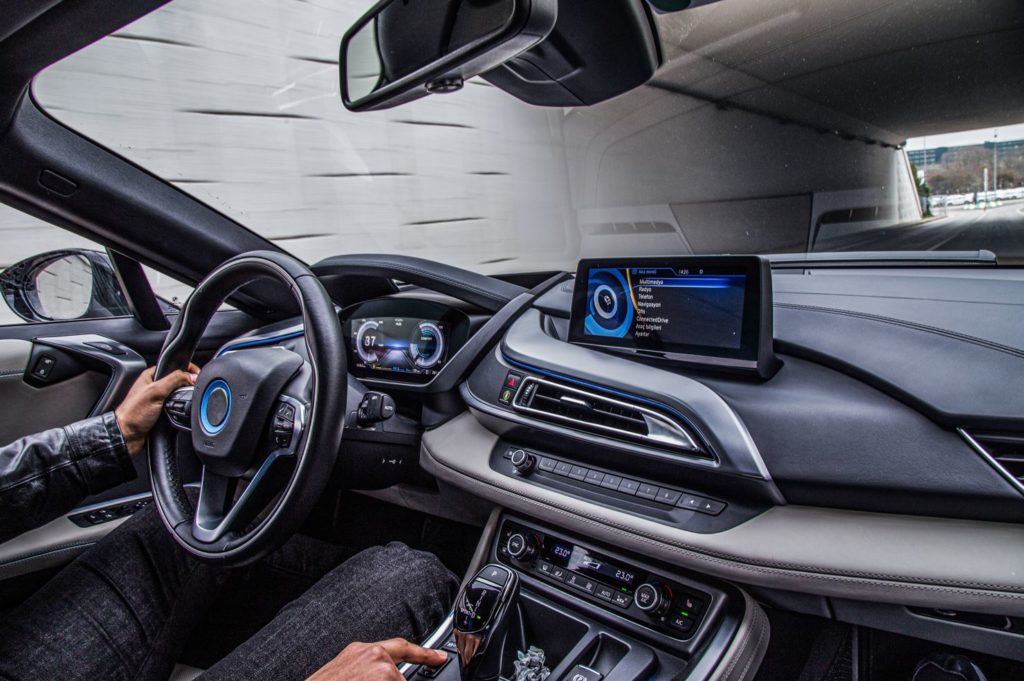This market research report was originally published at the Yole Group’s website. It is reprinted here with the permission of the Yole Group.
Twice a month, Yole SystemPlus analysts share noteworthy points from their automotive Teardown Tracks. Today, they take us to the heart of imaging-based occupant and driver monitoring systems (OMS and DMS).
Already well implemented for external object detection applications, sensors are also invading car cabins for more safety and comfort. OMS (mainly for detecting occupants – children or animals left behind, for instance) and DMS, including distraction and drowsiness detection, mainly rely on imaging technologies. However, it seems that radar will also compete in the coming years to address some of the imaging technology limitations in OMS applications (hidden target detection, for instance). With the EU’s General Safety Regulation (GSR), DMS for detecting driver drowsiness and distraction will be required in all new vehicles sold in Europe from 2026, providing a real boost to the market.
Highlights from Yole SystemPlus’s Teardown Tracks
One OMS from Aptiv and two DMS (from LG Electronics and Continental) were analyzed. What all these systems have in common is the use of a global shutter CIS (CMOS Image Sensor), whereas external-view cameras use a rolling shutter CIS. A CIS with a global shutter (or snapshot exposure mode) reads all the pixels simultaneously, avoiding image distortion of fast-moving subjects.

The OMS integrated into the BMW iX aims to detect children and recognize driver hand gestures. Opening the system reveals that the IR sources are two VCSELs (Vertical-Cavity Surface-Emitting Lasers) that work in tandem with the CIS. The choice of VCSEL over LED sources suggests a preference for high-performance sensing for smart in-cabin applications. Surprisingly, the lens module is made of glass lenses only, whereas a lens module for external-view cameras tends to include a mix of plastic and glass lenses. Exception or rule? The question remains.

The LG DMS for the Mercedes S-Class is linked to a head-up display that displays navigation information in the driver’s line of sight using augmented reality. The Continental DMS for the DS 7 monitors the driver’s attention and signs of fatigue. The systems feature 1.2 MP resolution (2 to 5 times less than external-view cameras) and 0.36 MP, respectively. In comparison, the Aptiv system features an even lower resolution with 0.1 MP.

All the systems use a 3D ranging method, TOF (Time-of-Flight) for the Aptiv OMS and stereoscopic vision (eye tracking) for both DMS. The nature of the tracking claimed by LG has been called into question: is it true eye tracking or head tracking?
Stay tuned for our next What’s in the box? Review!
Yole SystemPlus Teardown Tracks are the result of detailed physical and costing analyses. They are carried out by experts with academic and industrial backgrounds in the semiconductor domain. Yole SystemPlus Teardown Tracks offer a clear and fruitful understanding of the technical choices made by the leading manufacturers. It also reveals accurate insights related to manufacturing costs.
The company covers the overall supply chain from the components to the system. Based on daily technical and industrial monitoring, Yole SystemPlus has significant expertise to support innovation.


